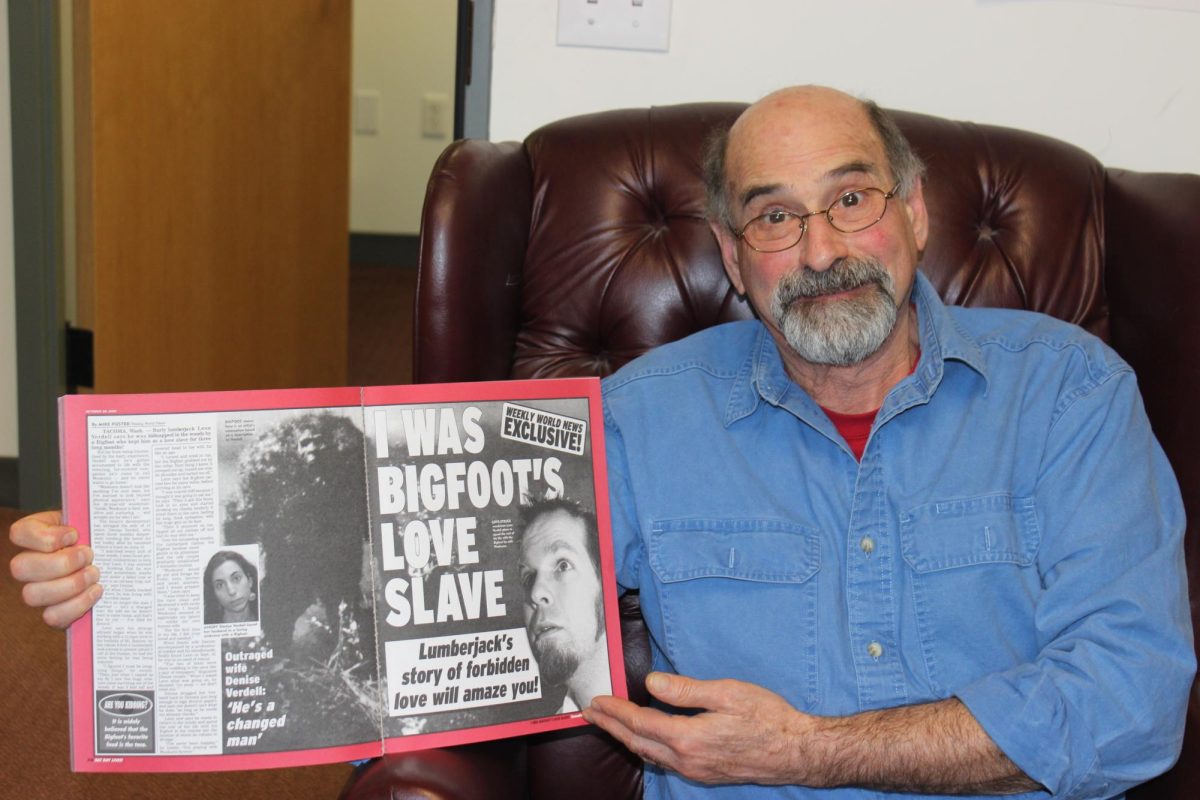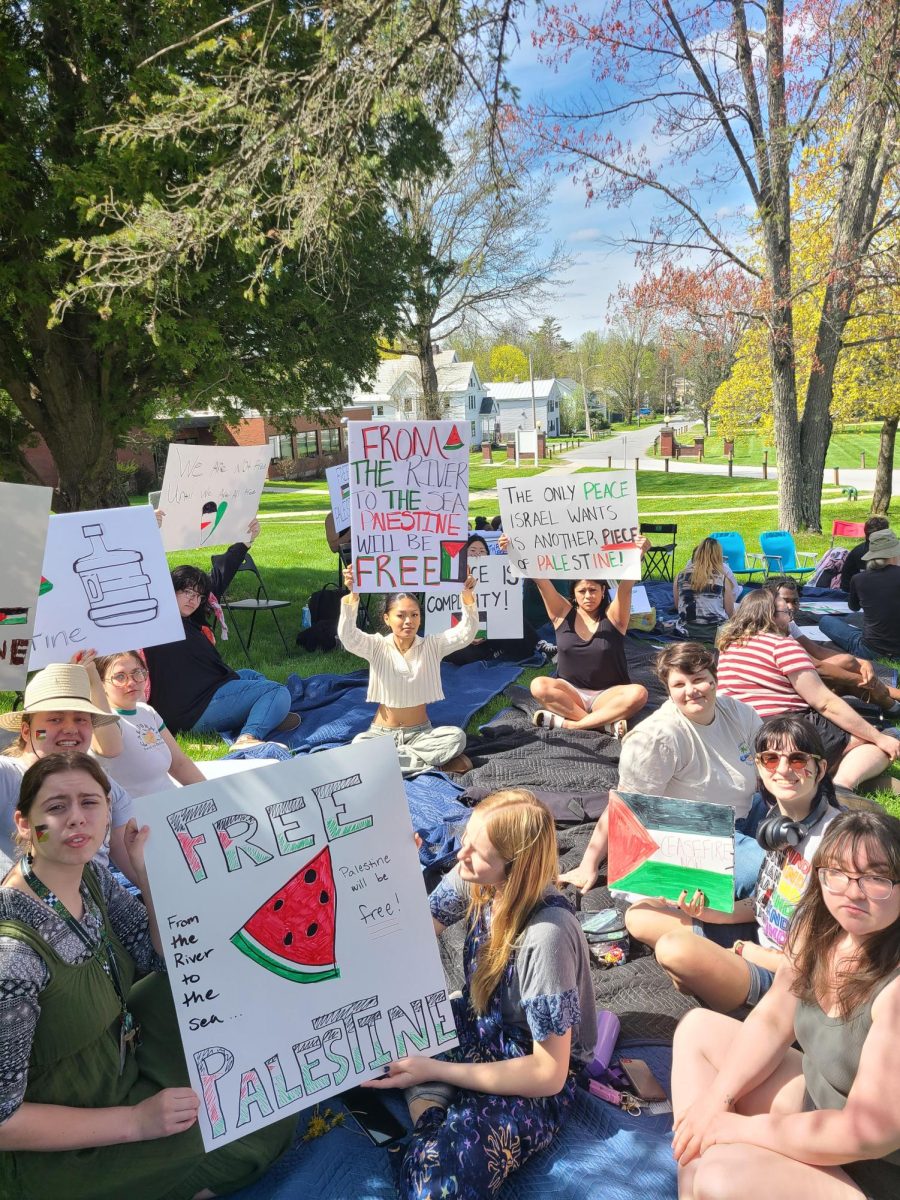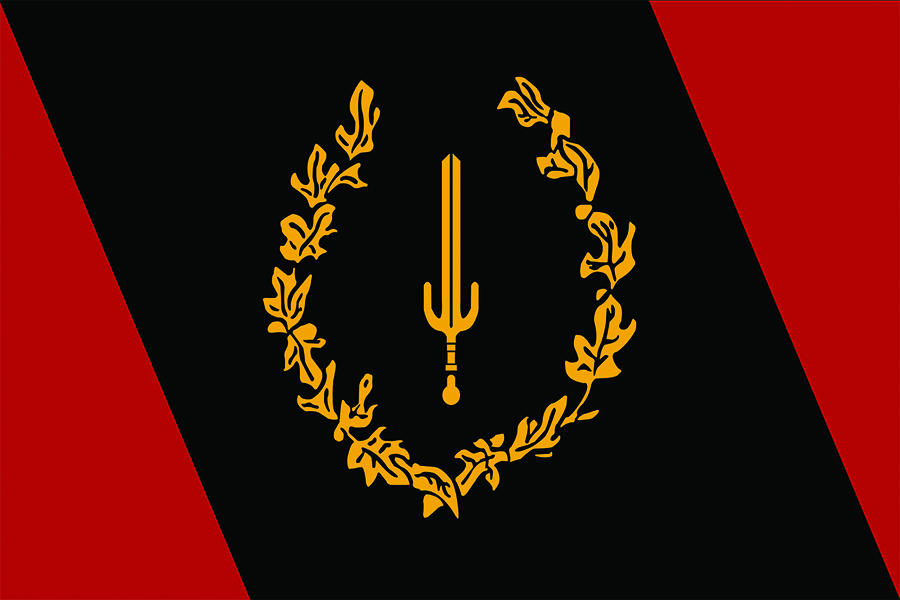Tyrone Shaw is a retired professor of writing and literature at what is now Vermont State University- Johnson, where he taught for 30 years.
Finally responding to years of mounting debt within the Vermont State Colleges System, the Vermont Legislature in 2020 convened the Select Committee on the Future of Public Higher Education in Vermont, charging it to deliver a set of recommendations to create a sustainable future for its public institutions of higher learning.
From those findings came Vermont State University, the merger of Northern Vermont University – formerly Johnson and Lyndon State Colleges – Castleton University, and Vermont Tech, along with an approximate 50% increase in base funding from the Legislature. That increase, however, came after decades of underfunding and with heavy strings attached: most notably a requirement for the newly minted university to cut $5 million annually in operating expenses for the next five years.
And so, we have now seen Optimization 1.0 and most recently Optimization 2.0, leading to the elimination of 11 academic programs, consolidation of 16 others, the elimination of 27full-time VTSU faculty positions, and 33 VTSU administrative staff positions, most of which are those interacting directly with students.
According to the VTSU administration, projected savings are $ 2.1 -3.35 million over the next two years for faculty and program cuts and $3.5 million annually for administrative/staff cuts.
While those savings will no doubt please the chancellor, most Vermont State Colleges Board of Trustee members and many in the Legislature, they come with consequences of which students are becoming aware: On Nov. 2 Student Government Associations on all VTSU campuses weighed in with a vote of no confidence in 2.0, in the VTSU interim president (now departed), the vice-president of business affairs, and in the VSCS Board of Trustees (excepting the student trustee).
In an email to the VTSU community, student leaders noted, “We understand that cuts need to be made throughout the system in order to return to financial stability. However, the cuts that have been made through Optimization 2.0 are not in the best interest of the students, as they include crucial student-facing personnel on each campus.”
Fiscal considerations aside, according to the administration, optimization is also designed to “enhance the student experience.” Strange logic that, like introducing waterboarding to “enhance the interrogation experience.”
Obviously, students are not buying it, as was made even clearer during a subsequent protest at the State House.
Despite these cuts, the chancellor’s office, an expensive and increasingly redundant administrative structure, remains firmly in place at the top, its continued existence unquestioned by the same legislative body that created the Vermont State Colleges System by statute in 1961. It subsequently violated that statute by failing to fund it adequately for decades, placing Vermont at the bottom of the 50 states in terms of state support for public higher education.
Within the VSC System, a “five strong colleges, five strong presidents” model prevailed until then-chancellor Jeb Spaulding’s office imposed the merger of Johnson and Lyndon State Colleges in 2018 with the full backing of the board of trustees. Five years later, by legislative fiat, came further consolidation of all residential campuses to form VTSU.
This leaves Vermont with only two remaining public institutions of higher education: Community College of Vermont, a two-year college, and Vermont State University.
However, despite these financially fraught times and radical consolidation, the chancellor’s office has continued to grow, now with a staff of more than 40, which includes shared services and finance divisions according to its website (https://www.vsc.edu/chancellors-office/contact/#StaffDirectory) and an operating budget of at least $8 million annually. That is a lot of money to oversee a system that now exists in name only. Two institutions hardly constitute a system, and a radical restructuring at the top is needed.
It is now time for Optimization 3.0: the elimination of the chancellor’s office.
To accomplish this, the Legislature will have to step in once again and sort out what has clearly become another hot mess. The chancellor and board of trustees have installed yet another interim president for VTSU, guaranteeing an additional 18- 24 months of instability. At the same time, the chancellor leaves her position at year’s end with another search for her replacement in progress.
Over the years, I have worked with many in the chancellor’s office, and like the departing 60 VTSU faculty and administrative staff, they are good, decent people. Nevertheless, as the great philosopher/bard Bob Dylan noted, “The times they are a-changin’.”
If the chancellor’s office were eliminated, CCV and VTSU would have independent presidents answerable to their own boards of trustees without the considerable cost of yet another administrative layer at the top. Whatever services the two institutions choose to share could be negotiated between themselves.
The legislative mandate for fledgling VTSU to slash $25 million in operating expenses will exact a painful toll. Much of that pain could be avoided through Optimization 3.0, the savings from which could be invested where most needed: in truly enhancing the student experience.
Tyrone Shaw
Bakersfield, VT







